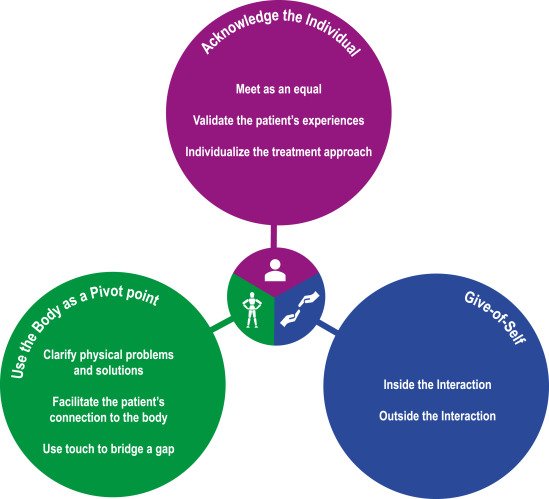
As a physician certified in four specialties and someone living with a complex autoimmune disorder, I navigate both roles of medical provider and patient. My career revolves around seeking solutions, while my personal experience has been marked by the distress of awaiting them.
This unique viewpoint compels me to confront a pervasive issue in contemporary medicine: a set of diagnoses that remain obscured. Conditions such as seronegative Sjögren’s, mast cell activation syndrome (MCAS), dysautonomia, chronic fatigue syndrome (ME/CFS), and small fiber neuropathy (SFN) are the unseen challenges we face. They transcend various specialties, resist fitting neatly into our established protocols, and leave a wake of frustrated patients and uneasy physicians.
They linger in our patients’ lives. Let’s acknowledge it—they linger for us as well.
The unseen challenges in every specialty
– For rheumatologists, it’s seronegative Sjögren’s. The patient’s narrative shouts autoimmunity—crippling fatigue, dryness, systemic pain—but their lab results remain inconclusive. With 30 to 40 percent of Sjögren’s patients being seronegative, we are left to balance a clinical diagnosis against the “gold standard” of a lip biopsy, asking patients to risk permanent numbness for a label we intuitively believe to be accurate.
– For allergists, it’s the precarious balance of MCAS. We find ourselves caught between the stringent Consensus 1 criteria, requiring a fleeting tryptase spike that’s nearly impossible to capture, and the more clinical Consensus 2. We dread both over-diagnosing a vague condition and under-diagnosing the patient whose life has constricted to a few foods and an enclosed space.
– For neurologists, it’s the puzzle of SFN and dysautonomia. We excel with the reflex hammer, yet these conditions reside in the invisible fibers of small fiber and autonomic nerves. We must depend on the patient’s subjective account while the “objective” tests—a skin punch biopsy, a tilt table, a QSART—are hard to obtain and not always conclusive.
– For all of us, it’s the diagnostic orphan of ME/CFS. This condition perhaps lacks a dedicated specialty, leaving it to courageous internists, neurologists, or rheumatologists willing to confront it. Its defining feature is post-exertional malaise (PEM)—a pathological inability to generate energy on demand, where a simple trip to the grocery store can trigger a multi-day “crash” of severe flu-like symptoms and exhaustion.
My balancing act: The unspoken fears
In confronting these challenges, my role as a composed, all-knowing physician feels like a tightrope stretch across a chasm of uncertainty. And as a patient, I am acutely aware of the depth of that fall. These are the fears that disrupt my sleep:
– I fear overlooking a critical diagnosis. My training, intuition, and the patient’s narrative converge on a “perfect storm” of illness. But without that affirmative antibody result—the so-called “evidence”—I worry I may delay a diagnosis that could avert irreversible harm. I fear unintentionally undermining my own clinical judgment, let alone that of my patient.
– I fear the system’s failure to support my patient. I anticipate what lies ahead: the struggle with insurance, the doubt from colleagues, the relentless obstacles. This is a fundamental reason I established a direct care practice—to oppose a system that demands clear-cut data points for complex human experiences. My concern is that despite my best intentions, the system will still reject them.
– I worry about inducing “diagnostic fatigue.” The pursuit of answers can be as traumatic as the illness itself. I dread ordering that next invasive test. Am I pushing my patient toward a procedure with genuine risks simply to obtain a label that satisfies bureaucratic demands for certainty? The weight of that proof feels immensely burdensome.
– And my greatest fear? I am afraid the patient will lose hope. That the individual before me, worn out and dismissed, will surrender all faith.
The anatomy of our trepidation
This apprehension is not a personal shortcoming; it is shaped by the systemic pressures we all encounter. Our clinical judgment feels precarious due to:
– The threat of litigation: A “soft” diagnosis can be a liability. A positive test acts as a protective shield.
– The dominance of “test-based” medicine: The honorable concept of “evidence-based” medicine has been distorted. If a condition lacks a biomarker, we are taught to treat it as less “valid.”
– Pressure from gatekeepers: Insurance companies do not accommodate ambiguity.
– The isolation of specialization: These are whole-body conditions, and the patient gets shuttled between us, with no one truly guiding their care.
The ultimate question: Are we making progress?